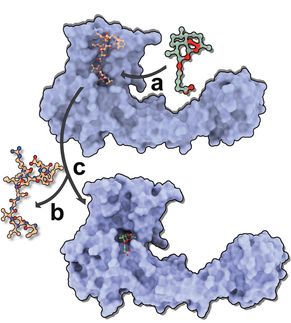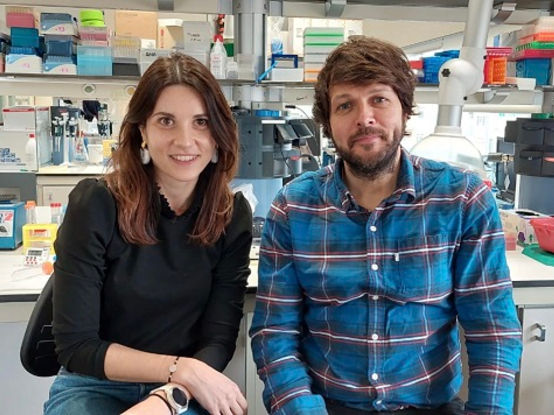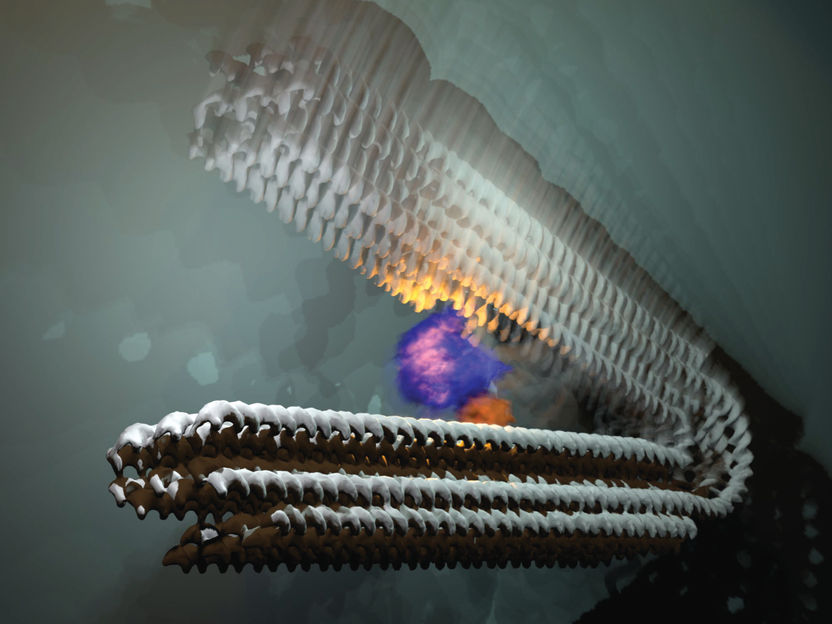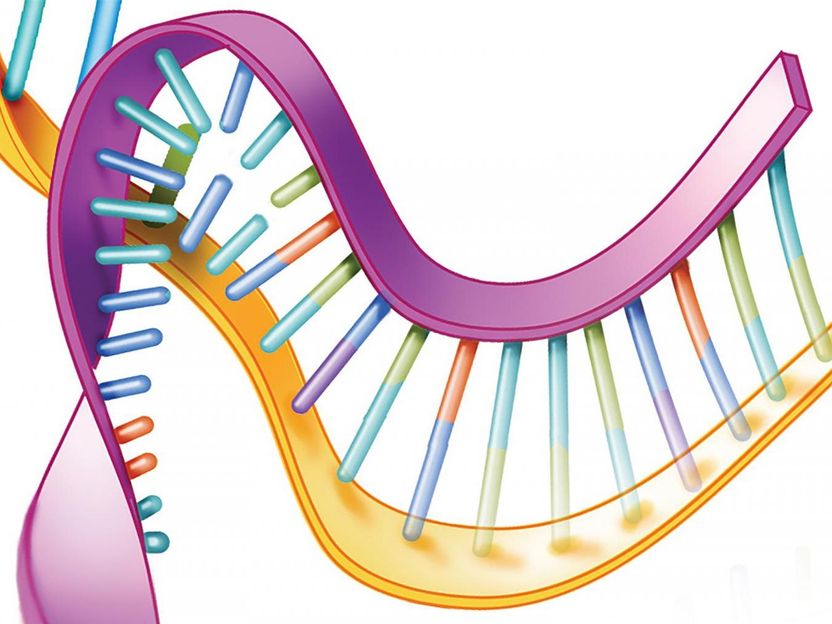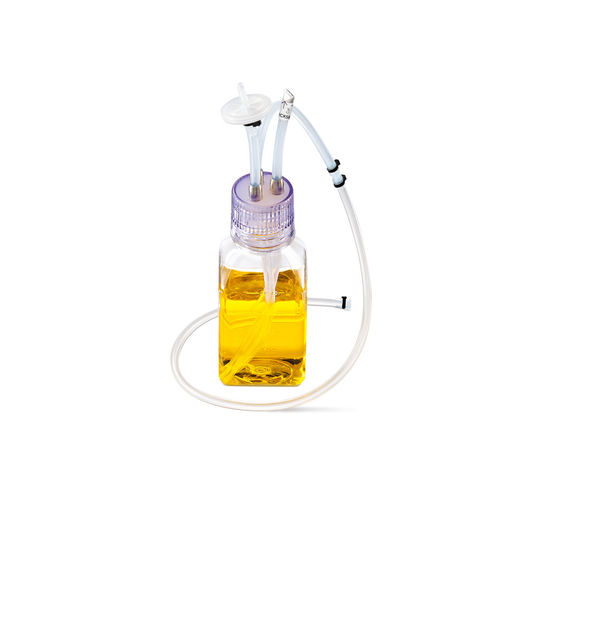Frankincense reprograms inflammatory enzyme
Change of direction in immune defence
A research team from the University of Jena and Louisiana State University (USA) has clarified the molecular mechanism behind the anti-inflammatory effect of a natural product from frankincense resin. The enzyme 5-lipoxygenase plays a key role here: the natural product reprograms the normally pro-inflammatory enzyme into an anti-inflammatory protein.

Frankincense tree, taken in Oman.
Moritz Verhoff
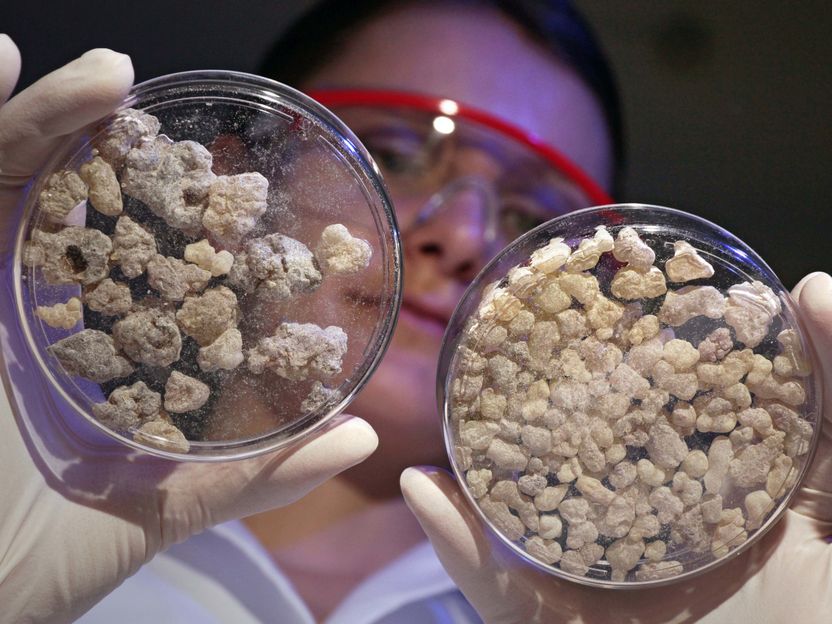
Frankincense resin from Africa (l.) and India. Extracts of this resin can reduce inflammation.
Jan-Peter Kasper


Once upon a time, the Three Kings brought precious gifts to the new-born baby Jesus: as well as gold and myrrh, they also had frankincense in their bags. “Even today, frankincense is a valuable gift,” says Prof. Oliver Werz of Friedrich Schiller University – although he is not really thinking about the biblical meaning of frankincense. “The resin extracted from the bark of the frankincense tree contains anti-inflammatory substances, which make it suitable for the treatment of diseases such as asthma, rheumatoid arthritis or neurodermatitis, among others,” he explains.
Pharmacist Werz and his team have been investigating the anti-inflammatory effect of frankincense resin and its components for several years. Now, together with colleagues in the US, the Jena University researchers have succeeded in uncovering the molecular mechanism of boswellic acid, a substance which is responsible for the anti-inflammatory effect of frankincense.
Crystal structure analyses reveal where active substances target the inflammatory enzyme
The enzyme 5-lipoxygenase plays a key role in the effect of frankincense. “It has been known for more than 40 years that this enzyme promotes the formation of leukotrienes, an important group of inflammatory mediators in the human body,” explains Werz. However, in its current paper, the research team has for the first time been able to clarify and image the crystal structure of this central inflammatory enzyme with bound inhibitors. The images of the crystal structure allow detailed studies of the enzyme and its interaction with active substances, as well as the development of new anti-inflammatory drugs.
And that is exactly what Werz and his colleagues have done. In addition to zileuton, an anti-inflammatory drug already on the market, which is a synthetic preparation used to treat asthma, the researchers have combined the enzyme with various natural products and analysed the crystal structures of the resulting complexes. The result initially surprised the researchers: while other natural products, in a similar way to zileuton, dock directly to the active site of the enzyme and thus inhibit its function, boswellic acid binds to another site of the enzyme molecule, far from the active site. “However, this binding leads to structural changes in the active site and this also inhibits the enzyme activity,” says Werz.
Domino effect in the enzyme structure
Therefore, these structural changes triggered by the frankincense component already have an anti-inflammatory effect. “But the influence of boswellic acid goes far beyond this,” says Dr Jana Gerstmeier. The pharmacist from Werz’s team is one of the study’s two lead authors. “This binding creates a domino effect, which also causes a change in the specificity of the enzyme,” Gerstmeier adds. Instead of catalysing the synthesis of pro-inflammatory leukotrienes, 5-lipoxygenase produces anti-inflammatory substances under the influence of boswellic acid. “That means, in simple terms, that the frankincense component reprograms the inflammatory enzyme into an anti-inflammatory enzyme.”
According to the authors of the study, these findings can now be used on the one hand to test the boswellic acids from frankincense in relevant disease models and perhaps later to develop them as a drug to treat inflammatory diseases. On the other hand, thanks to the newly discovered binding site on 5-lipoxygenase, other potential drugs can be developed and their effectiveness as anti-inflammatory agents tested in experiments.
